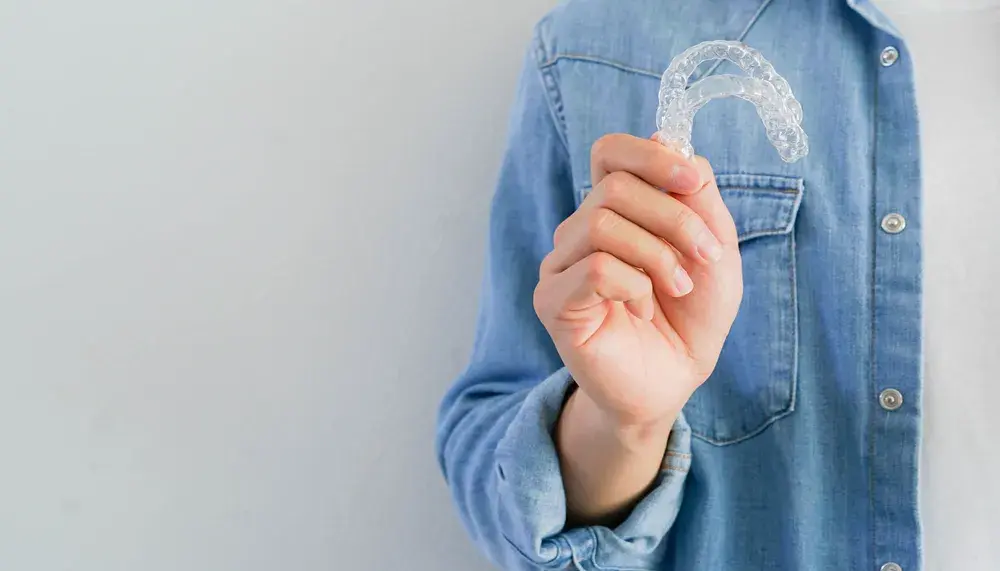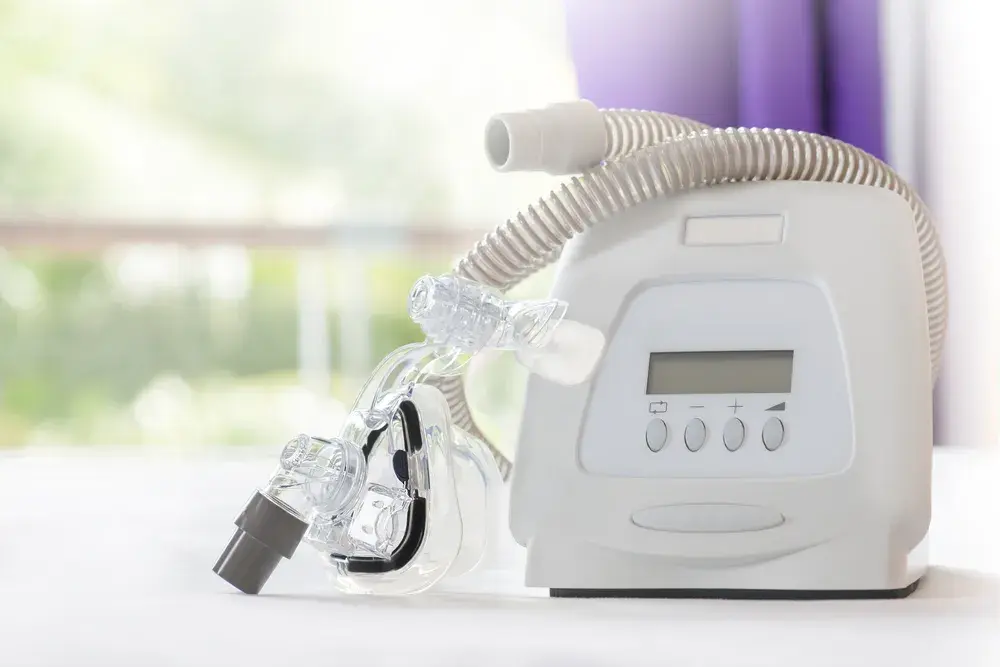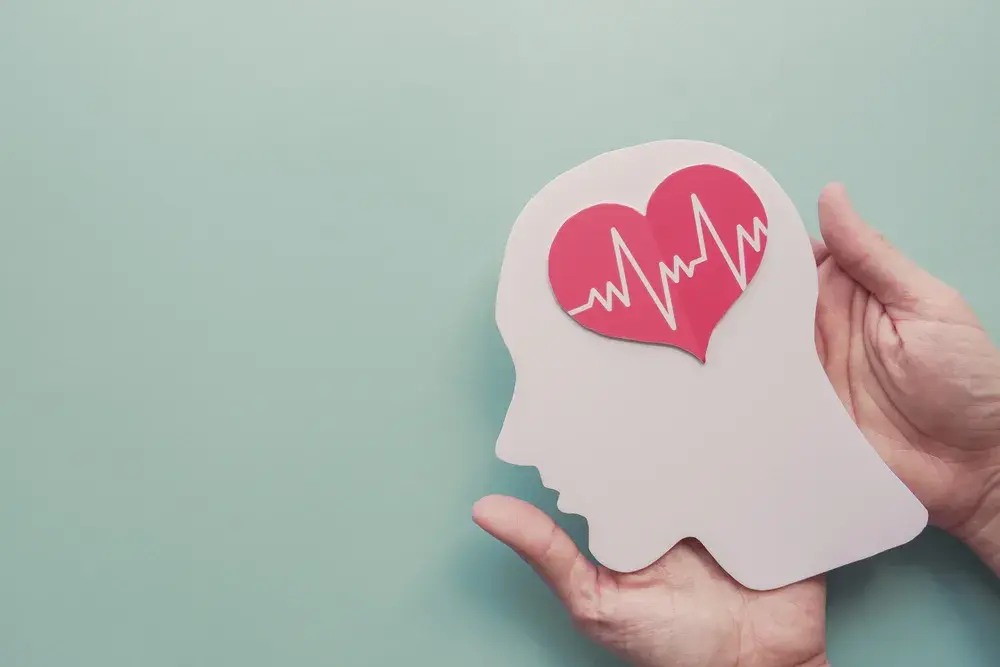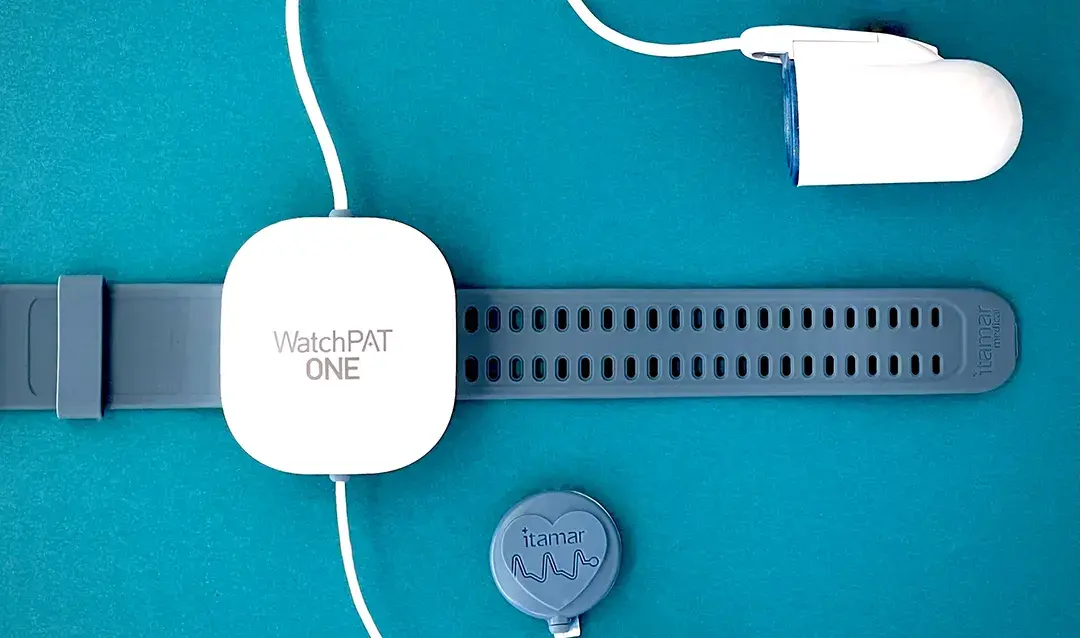What Are My Options for Treating Sleep Apnea?
You can solve sleep apnea with the right treatment. Explore PAP, Oral Appliances, and surgical options to figure out what’s best for you.

If you're reading this, there’s a good chance you’re starting to learn about sleep apnea and are concerned after having seen images of people wearing masks to go to sleep. What is that experience like? Are there other options available? What’s going to work best for me?
Intimidation flourishes when information is poorly communicated. In my own practice, I unfortunately see patients fail therapy because they don’t have a full understanding of what options are available.
I think we can fix that.
Learn More: What is sleep apnea?
Understanding Your Treatment Options
For a long time, the CPAP devices have been the primary recommended treatment for obstructive sleep apnea patients. When used correctly, these devices remain extremely effective for treating sleep apnea, and for some patients, this will still be the best choice. That said, we know that up to 70% of patients who try CPAP therapy don't stick with it long term—so it's important to understand that you have other options. In this article, we'll walk through each of your treatment options in detail, including:
CPAP and other PAP solutions
Oral Appliance Therapy
Hypoglossal Nerve Stimulation
Sleep Apnea Surgery
Positive Airway Pressure (PAP) Devices
CPAP has long been considered the “gold standard” for treating sleep apnea, though perspectives on this in the medical community have been changing in recent years. The upside of CPAP and other positive airway pressure (PAP) therapies is that from a medical perspective, they are extremely effective for the treatment of obstructive sleep apnea. Of course, that effectiveness only works if you actually use the device. Many patients are quite resistant to PAP therapy, avoiding treatment altogether or failing to continue use of the device. For those patients, a treatment like oral appliance therapy would be a better choice than ignoring treatment altogether.
How does positive airway pressure work?
CPAP (or any PAP device for that matter) uses a machine to deliver a continuous stream of air pressure through a mask worn over the nose only or both the nose and mouth. This constant airflow keeps the airway open and, thus, prevents collapse. The unit that generates air pressure sits on your nightstand and is connected to a long tube that runs all the way to your facemask.
Types of PAP Devices
Though CPAP is by far the most commonly known, there are a few different positive airway pressure devices available to choose from. The difference of these comes down to the speed and pacing of air delivery, whether continuous (as with the CPAP) or paced to match your breathing as you inhale and exhale.
Continuous Positive Airway Pressure (CPAP) delivers an ongoing (i.e. continuous) stream of air pressure throughout the night.
Auto Positive Airway Pressure (AutoPAP or APAP) is an alternative that has recently skyrocketed in popularity because of the way it personalizes treatment. Essentially APAP devices adjust air pressure with each unique breath you take, delivering exactly the level of pressure needed to keep your airway open at various stages of sleep.
BiLevel Positive Airway Pressure (BiPAP) is generally considered the “big gun” of PAP treatments. It uses different pre-set pressures for inhaling and exhaling and is typically reserved for severe cases that need a higher than typical pressure setting.
Understanding your PAP Mask Options
Choosing the ideal mask is crucial for effective PAP therapy, as the wrong choice can lead to leaks, discomfort, or displacement. You’ll want to select a mask that accommodates your sleeping habits and the intensity of your condition.
Though there are many, many options on the market, almost all fall into three basic categories. Those are:
Full Face Masks cover both nose and mouth with a triangle-shaped cushion and four-point headgear. These are the largest masks and are great for mouth-breathers, but can cause skin irritation or claustrophobia for some patients.
Nasal Masks fit just over the nose with a triangle-shaped silicone cushion. This is typically the most common type used for at-home sleep apnea therapy.
Nasal Pillow Masks work just like nasal masks, but add soft silicone “pillows” inserted just inside the entrance of your nostrils.
For now, don't be too concerned the number of options there are. If you're diagnosed with sleep apnea and elect for PAP therapy, a specialized technician will work with you to help you find a mask that works best for you.
Sleep Apnea Night Guards
i.e. Oral Appliance Therapy
Similar to a dental retainer, oral appliances for sleep apnea work by slightly pulling the lower jaw forward to keep your airway open as you sleep.
To be most effective, night guards for sleep apnea—known by dentists as Mandibular Advancement Devices (MADs)—should be prescribed and custom-fitted by a sleep dentist. There are over-the-counter options on the market, commonly referred to as “boil and bites." But these one-size-fits-all solutions typically aren't as effective for solving sleep apnea long-term.
How effective are oral appliances compared to CPAP therapy?
When we talk about effectiveness in treating sleep apnea, we're basically looking at how well a treatment lowers your Apnea-Hypopnea Index (AHI). That's simply medical jargon for how many times you stop breathing each hour.
When compared directly, CPAP typically outperforms oral appliances in reducing AHI. For instance, one review of high-level research shows that CPAP can cut down on 5 more "apneic events" per hour than oral appliances.1
But here's the kicker: CPAP can be a real pain to use. Lots of folks struggle to stick with it because, let's face it, it's not the most comfortable thing to wear to bed. In fact, research suggests that only about a third of CPAP users manage to clock in a solid 7 hours of use each night.4 Oral appliances tend to have better long-term usage rates, with around 64% of users sticking with them after a few years.5
The bottom line: a CPAP that collects dust on your nightstand is useless.
If you're confident that you'll be consistent with your CPAP over the long haul, it might be the better bet for tackling your sleep apnea. But if you're not totally sold on sticking with CPAP every night, an oral appliance could be the more practical choice.
Alternative options for treating sleep apnea
I don’t want a CPAP OR an oral appliance! Is there anything else?
Yes, other options for treating sleep apnea are out there. However, they’re usually reserved for severe or difficult-to-treat cases.
The main two are surgery and an implantable device called a “hypoglossal nerve stimulator.” No, that is not the name of the next installment of the Terminator franchise.
Some considerations for alternative therapies
Before we dig into these alternative options, there are some caveats to be, like:
They’re expensive.
They have risks associated with surgery.
They may not be covered by insurance if you haven’t “failed” other forms of therapy like PAP or oral appliances.
There may be strict criteria just to be eligible.
This is not to say that these procedures are not good options—they certainly are, but usually only after you’ve tried a PAP device or an oral appliance.
With that said, here's what you should know about these alternative sleep apnea treatment options:
Surgical Intervention
There are several surgeries that are performed for sleep apnea. I could bore you with glorious tongue twisters like “uvulopalatopharyngoplasty” or “thyrohyoidopexy,” but effectively, these surgeries for obstructive sleep apnea all serve the same purpose. The goal of surgery is to remove tissue around your airway, creating more space for air to pass through while you're asleep.
Hypoglossal Nerve Stimulation
Think of hypoglossal nerve stimulation like a pacemaker for sleep apnea. It’s a device implanted in your chest that sends tiny shocks (that you can’t feel) to the nerves around your airway, helping to keep your airway open.
Drug Therapy
While there are certain compounds that are currently in clinical trials (like IHL-42X), there is currently no FDA-approved medication that treats the root causes of sleep apnea.
That said, certain drug therapies assist in treating either contributing factors to sleep apnea or help reduce the side effects of broken sleep. For example, nasal decongestants and weight loss drugs may help reduce some apnea severity, while stimulants can help with being tired during the day.
Keep in mind, though, that these are temporary fixes. Drug therapy is not a long-term solution to treating obstructive sleep apnea, and these solutions will do little to prevent sleep apnea’s scariest downstream health impacts.
So which sleep apnea treatment is best?
Well, here we are - we just covered all of the major treatment options, but we haven’t answered the thing you’re probably most interested in: “Which sleep apnea treatment is best for me?”
In the vast majority of cases, the choices come down to Oral Appliances vs. CPAP. But "what is the best sleep apnea treatment" is a hard to answer generically since there’s lots of considerations in each unique patient situation. That said, the rule of thumb that I go by is this: The best treatment is the one you can stick to.
At Complete Sleep, we're dedicated to finding the right balance between your medical needs, sleeping habits, and personal preferences to ensure you choose a treatment that's both effective and sustainable long-term. And you're not alone in making this crucial decision! Our easy at-home sleep test offers an accurate medical diagnosis and includes a personalized 1:1 medical consultation to explore treatment options. Plus, we provide valet insurance service to handle filings and paperwork, along with a patient advocate to guide you through the treatment process. Rest assured, we're here to guide you through every step on your journey to better sleep.
Antonaglia C, Passuti G. Obstructive sleep apnea syndrome in non-obese patients. Sleep Breath. 2022 Jun;26(2):513-518. doi: 10.1007/s11325-021-02412-1. Epub 2021 Jul 29. PMID: 34324126; PMCID: PMC9130173.
Eckert DJ, Jordan AS, Merchia P, Malhotra A. Central sleep apnea: Pathophysiology and treatment. Chest. 2007 Feb;131(2):595-607. doi: 10.1378/chest.06.2287. PMID: 17296668; PMCID: PMC2287191.
Qiao, M., Xie, Y., Wolff, A. et al. Long term adherence to continuous positive Airway pressure in mild obstructive sleep apnea. BMC Pulm Med 23, 320 (2023).




